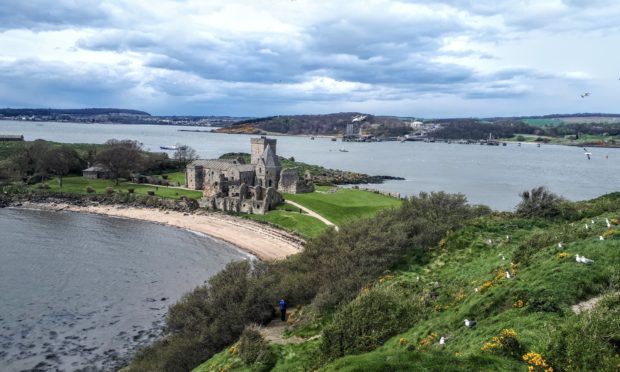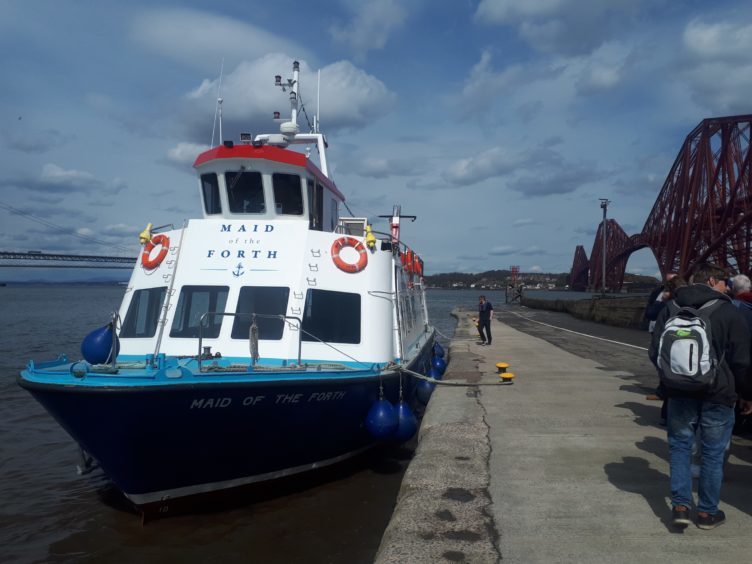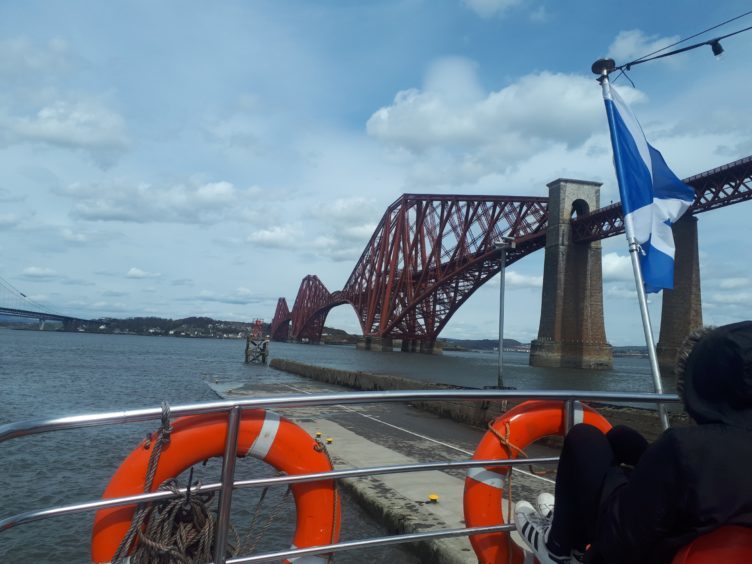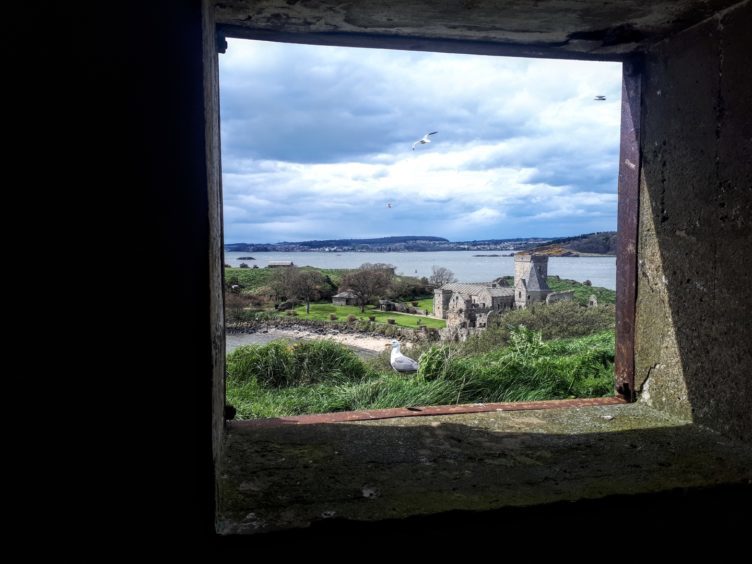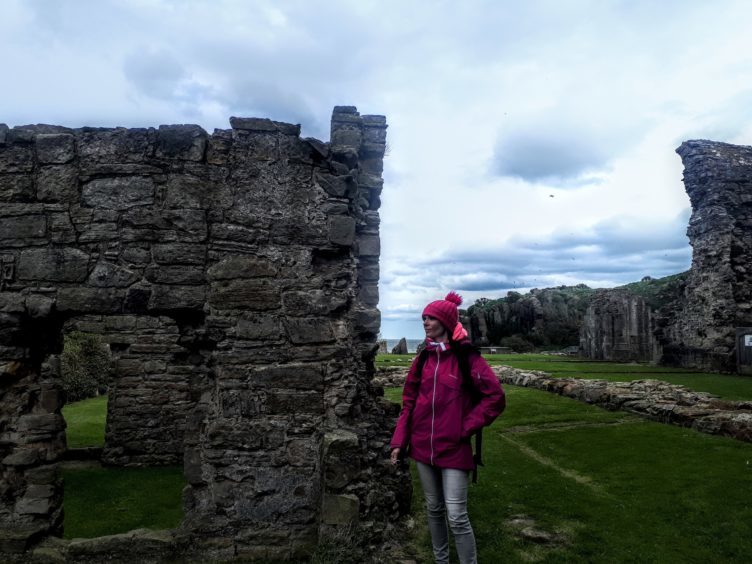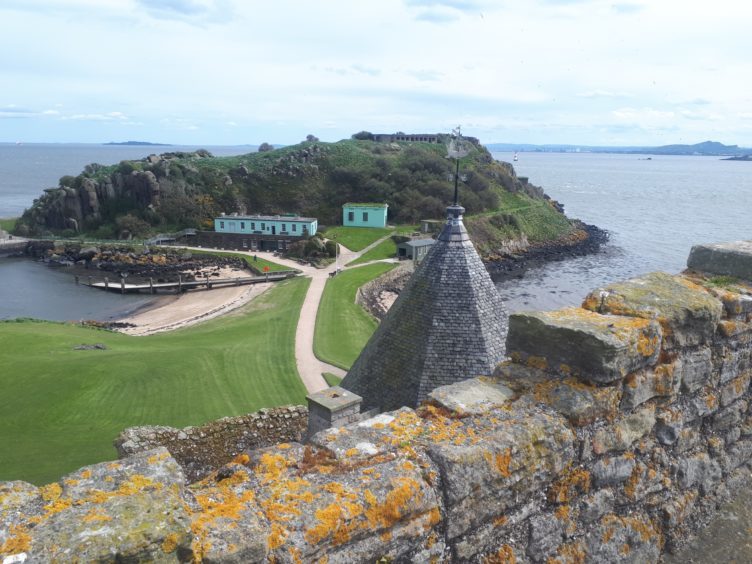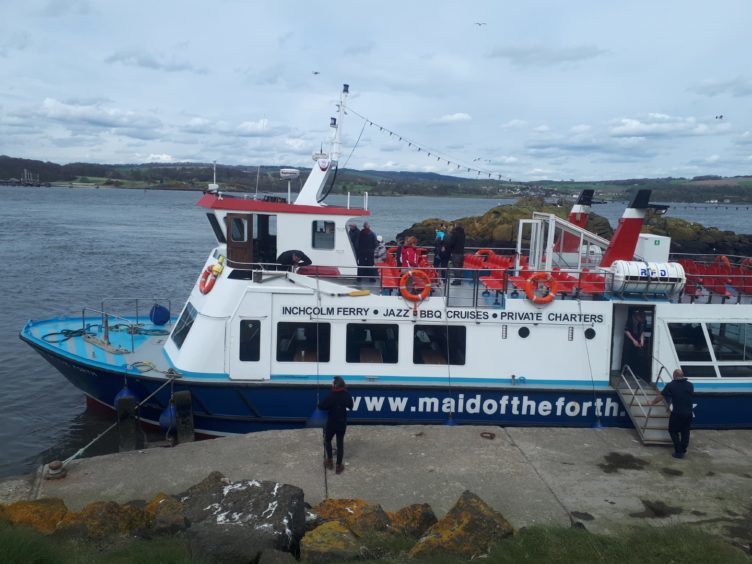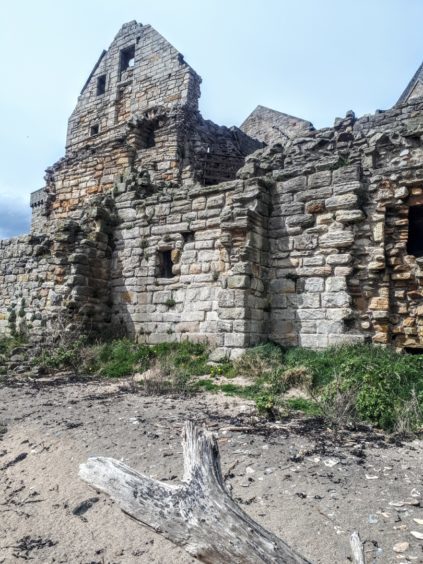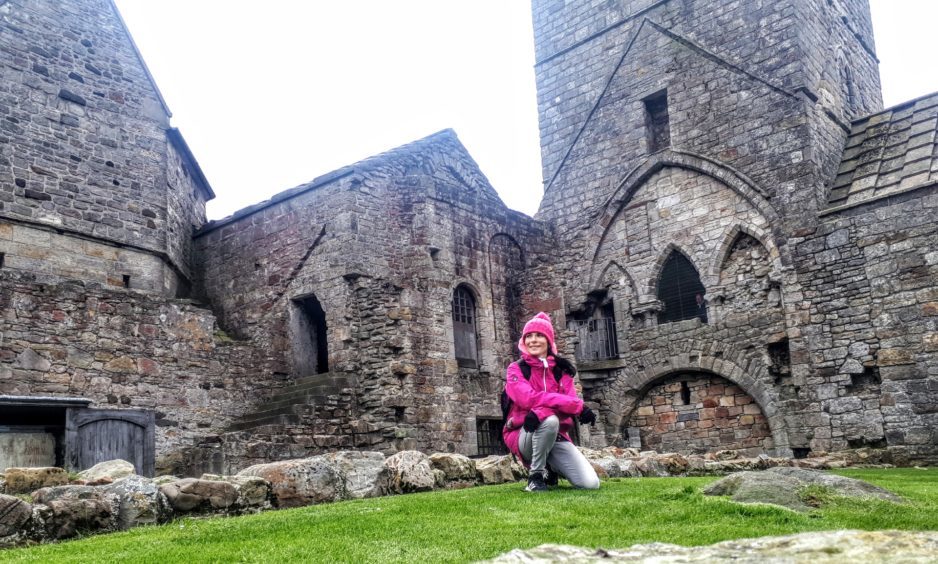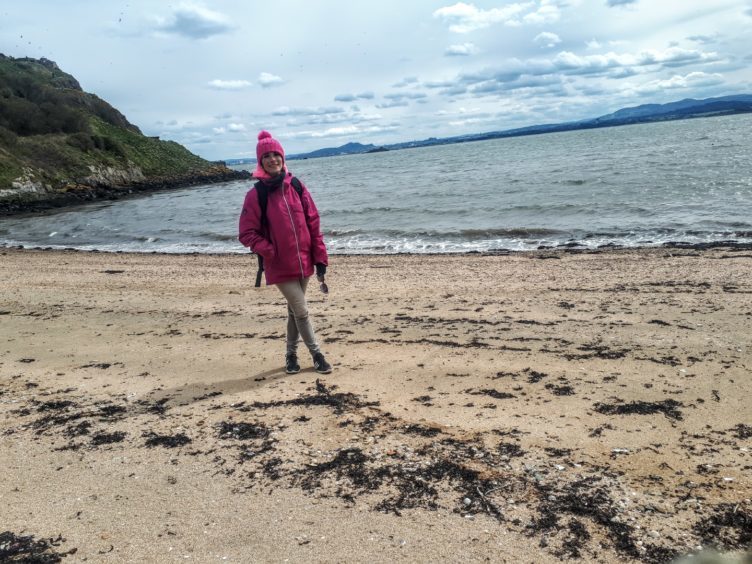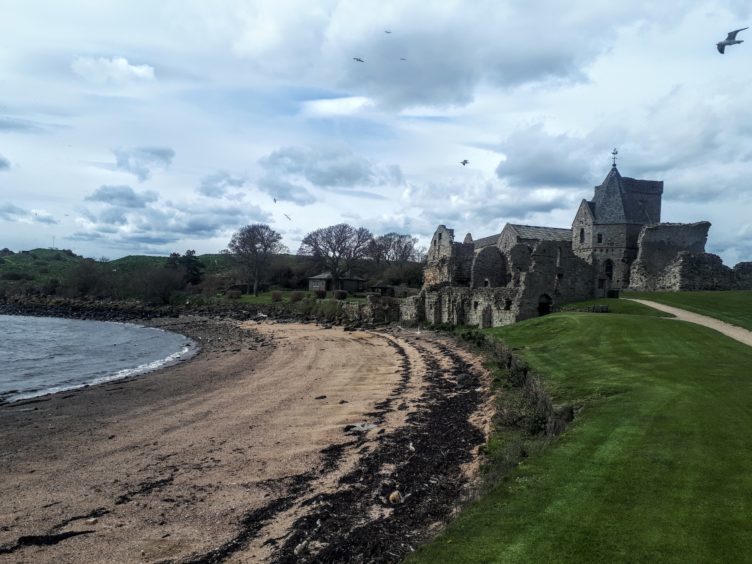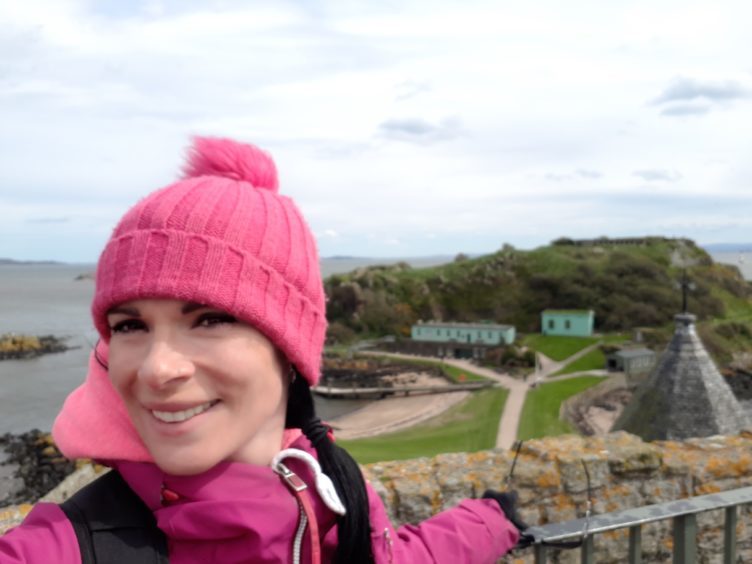Basking seals, a medieval abbey, wartime fortifications and epic views of the Forth Bridges. Gayle boards Maid of the Forth for a boat trip to Inchcolm Island
Slap bang in the middle of the Firth of Forth, the hummocky island of Inchcolm is an enchanting, seductive vision.
Rising out of the choppy waters like a mirage, it invites exploration, come rain or shine.
A place where early Christian hermits once scraped a primitive existence, the island, now cared for by Historic Scotland, has been a site of refuge and defence for centuries.
Nicknamed the “Iona of the East”, Inchcolm was repeatedly attacked by English raiders during the Wars of Scottish Independence, and was fortified during both World Wars to defend nearby Edinburgh.
My journey to the rocky retreat, on cruise boat Maid of the Forth, was one I’d been planning in my mind for years but had never quite got round to.
Obligatory coffee and sandwich purchased at a kiosk in South Queensferry, I board the boat at Hawes Pier with groups of excited foreign tourists.
Heading under the iconic Forth Rail Bridge, we pass Inchgarvie Island, a place I’ve often peered down at in wonder from trains high above.
Amazingly, the island, which boasts the remains of a 12th century castle and wartime ruins, supports one of the bridge’s giant cantilevers, and plenty of birdlife.
Motoring up the Forth Estuary, we pause near a rocky outcrop known as the Haystacks and spot a gang of grey seals basking in the sunshine. Everyone squeals with delight when a glossy black head bobs up within a stone’s throw of the boat.
Approaching Inchcolm, the bell tower of the abbey hoves into view and the sandy beach seems to sparkle in the light.
“See you back at the boat in 90 minutes,” hollers the skipper.
“But a word of warning. If you want to explore the old war ruins, stick to the paths and watch out for nesting seagulls.”
Keen to get stuck in, I march up a grassy track towards a cluster of austere-looking derelict war buildings.
Remains of various First and Second World War defences are littered across the island, crumbling and sad.
I tread cautiously through a gloomy tunnel cut into a hillside, my eyes slowly adjusting to the darkness. This once allowed soldiers quick access to guns.
Also still visible on the island are observation posts, searchlight installations, the remains of a canteen, and the line of a small railway built to haul equipment up to the pier.
They make for a great afternoon’s exploring, although I’m not sure the gulls agree, their squawks and screams increasing in volume and intensity as I approach.
Heading back down the hill, I aim for the gorgeous 12th century abbey, Inchcolm’s most imposing feature and Scotland’s most complete surviving monastic house.
I wander through the atmospheric cloisters, explore the ruins of the 9th century hermit’s cells and clamber up the narrow, winding stone stairwell to the top of the bell tower to drink in stunning views of the Forth Estuary, the bridges and beyond.
Built in 1123 at the behest of King Alexander I as a thanksgiving for his deliverance from shipwreck in a storm, the abbey is a stunning survival.
The island is a place which inspires reflection and introspection and so it seems fitting to enjoy my sandwich on a bench by the golden beach, listening to the waves gently crashing on the shore.
There are seabirds galore, and apparently puffins, but alas, they remain elusive during my visit.
I’m sad to leave this magical island – it really has touched something deep within me.
The journey back is fascinating, with the on-board commentary drawing our attention to a lighthouse, an oil platform and other islands.
On hearing that guided walking tours have just been launched on Inchcolm, I can’t wait to return again soon.
info
Maid of the Forth has teamed up with Queensferry Walking Tours to launch guided walking tours on historic Inchcolm Island.
Tickets for the three-hour excursion (£20) include an optional 45-minute guided tour with a “Black Canon” guide (for an extra £6.50) who will inform and entertain with tales of hermits and kings, wars and destruction, famous monks and ancient chronicles.
There is a further 45 minutes ramble around the island on your own. Refreshments are available on board the family-run vessel. Guided Tours are available every Saturday and Sunday.
Boat trips run from Easter until October. www.maidoftheforth.co.uk
